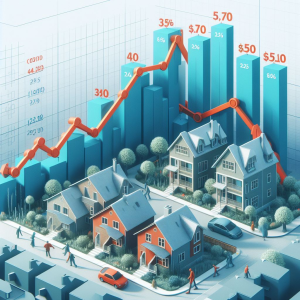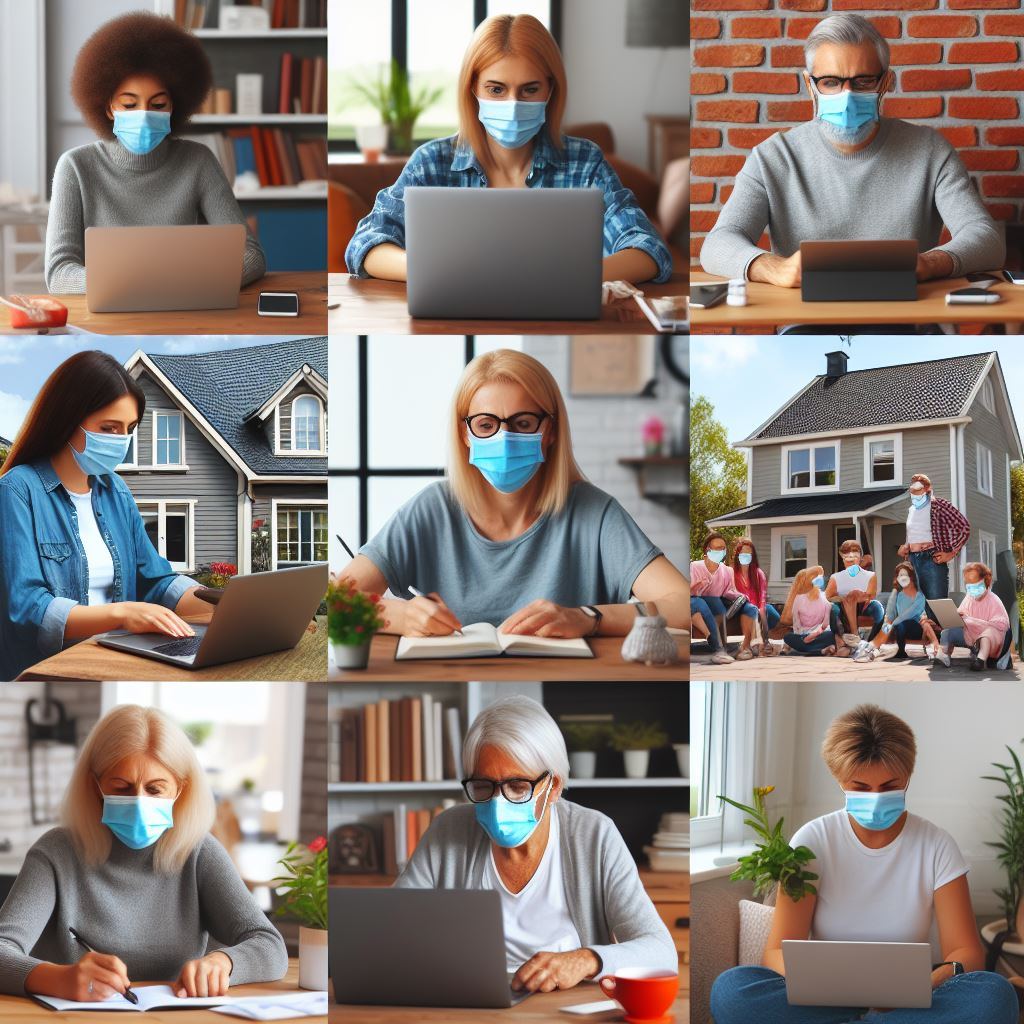Introduction
Welcome to an insightful exploration of a pressing issue. Our guide is Dr. Jane Doe, a distinguished social scientist with a rich background in urban planning and housing rights activism. Her expertise offers a unique perspective on the intersection of public health crises and housing demographics.
The Unseen Impact of the Pandemic on Housing Demographics
The COVID-19 pandemic has left no stone unturned, affecting every aspect of our lives. However, one area that has been particularly impacted yet often overlooked is housing demographics. The virus has not affected all communities equally, with certain housing demographics experiencing significantly higher death rates.
The Rising Death Rates: A Closer Look
To understand the gravity of the situation, we need to delve into the data. Recent studies have shown a stark increase in death rates among specific housing demographics. These include low-income households, densely populated housing complexes, and communities with limited access to healthcare facilities. The reasons behind these escalating death rates are multifaceted, ranging from lack of access to healthcare to the inability to practice social distancing due to overcrowded living conditions.

The Social Scientists’ Perspective
Social scientists have been closely monitoring these trends. They argue that the pandemic has merely exposed the pre-existing social inequalities embedded within our housing systems. These disparities, they suggest, are the result of systemic issues such as income inequality, racial segregation, and inadequate urban planning.
The Role of Urban Planning in Mitigating the Impact
Urban planning plays a crucial role in addressing these issues. By designing cities and communities that prioritize public health, accessibility, and inclusivity, we can mitigate the impact of such crises. This includes creating more affordable housing, improving public transportation, and ensuring access to essential services like healthcare.
Housing Rights Activists: The Fight for Equity
Housing rights activists have been at the forefront of this fight, advocating for equitable housing policies. They argue that housing is a fundamental human right and that everyone, regardless of their income or social status, should have access to safe and affordable housing.
Moving Forward: Strategies and Solutions
So, what can be done to address these challenges? The solutions are as complex as the problems themselves. However, they start with acknowledging the issue and understanding its root causes. From there, we can develop strategies that address these systemic issues, such as advocating for policy changes, raising public awareness, and promoting research in this area.
Table: Summary of Key Points
| Key Points | Description |
|---|---|
| Impact on Housing Demographics | Certain housing demographics have seen higher death rates due to the pandemic. |
| Rising Death Rates | Death rates have increased among low-income households, densely populated housing complexes, and communities with limited access to healthcare. |
| Social Scientists’ Perspective | The pandemic has exposed pre-existing social inequalities within our housing systems. |
| Role of Urban Planning | Urban planning can help mitigate the impact of such crises by prioritizing public health, accessibility, and inclusivity. |
| Housing Rights Activists | Activists argue for equitable housing policies, stating that housing is a fundamental human right. |
| Strategies and Solutions | Solutions include acknowledging the issue, understanding its root causes, advocating for policy changes, raising public awareness, and promoting research. |
Conclusion
In conclusion, the pandemic’s impact on death rates in specific housing demographics is a pressing issue that requires our immediate attention. By working together, we can hope to address these challenges and work towards a more equitable and inclusive future.



